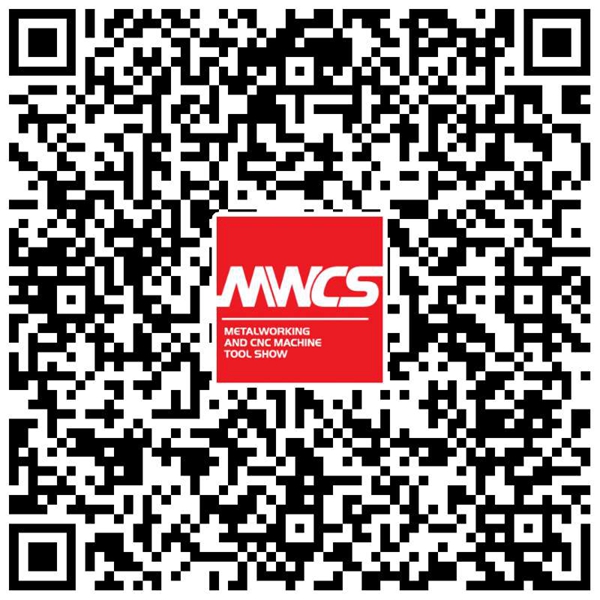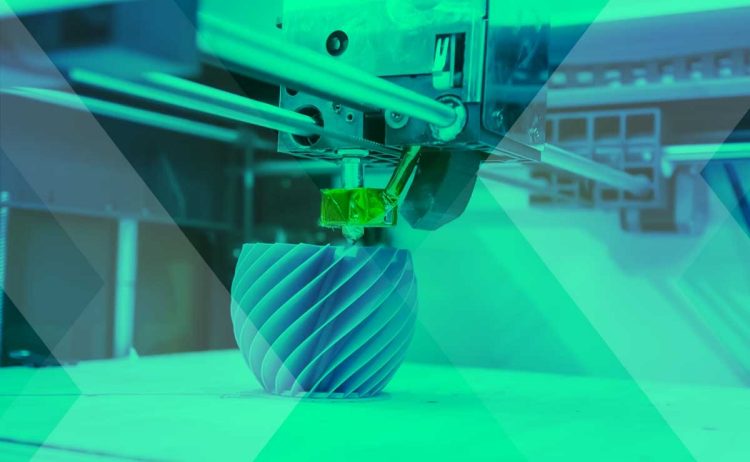Pipes & Tubes Production, Mould & Die Construction, Tools


Address:Add:15F & Unit A 14F, Tower A, Infun World, No.308 Lanhua Rd, Pudong New District, Shanghai
Telephone:021-2055 7138/7140/7141
Fax:021-20557100
E-mail:mwcs@hmf-china.com
Deutsche Messe AG
Ms. Imke Selle
Tel:+ 49 511 89-31423
Fax: +49 511 89-31419
Imke.Selle@messe.de
Address:Add:15F & Unit A 14F, Tower A, Infun World, No.308 Lanhua Rd, Pudong New District, Shanghai
Telephone:021-2055 7138/7140/7141
Fax:021-20557100
E-mail:mwcs@hmf-china.com
Deutsche Messe AG
Ms. Imke Selle
Tel:+ 49 511 89-31423
Fax: +49 511 89-31419
Imke.Selle@messe.de
Address:Add:15F & Unit A 14F, Tower A, Infun World, No.308 Lanhua Rd, Pudong New District, Shanghai
Telephone:021-2055 7138/7140/7141
Fax:021-20557100
E-mail:mwcs@hmf-china.com
Deutsche Messe AG
Ms. Imke Selle
Tel:+ 49 511 89-31423
Fax: +49 511 89-31419
Imke.Selle@messe.de
Address:Add:15F & Unit A 14F, Tower A, Infun World, No.308 Lanhua Rd, Pudong New District, Shanghai
Telephone:021-2055 7138/7140/7141
Fax:021-20557100
E-mail:mwcs@hmf-china.com
Deutsche Messe AG
Ms. Imke Selle
Tel:+ 49 511 89-31423
Fax: +49 511 89-31419
Imke.Selle@messe.de
Address:Add:15F & Unit A 14F, Tower A, Infun World, No.308 Lanhua Rd, Pudong New District, Shanghai
Telephone:021-2055 7138/7140/7141
Fax:021-20557100
E-mail:mwcs@hmf-china.com
Deutsche Messe AG
Ms. Imke Selle
Tel:+ 49 511 89-31423
Fax: +49 511 89-31419
Imke.Selle@messe.de





































